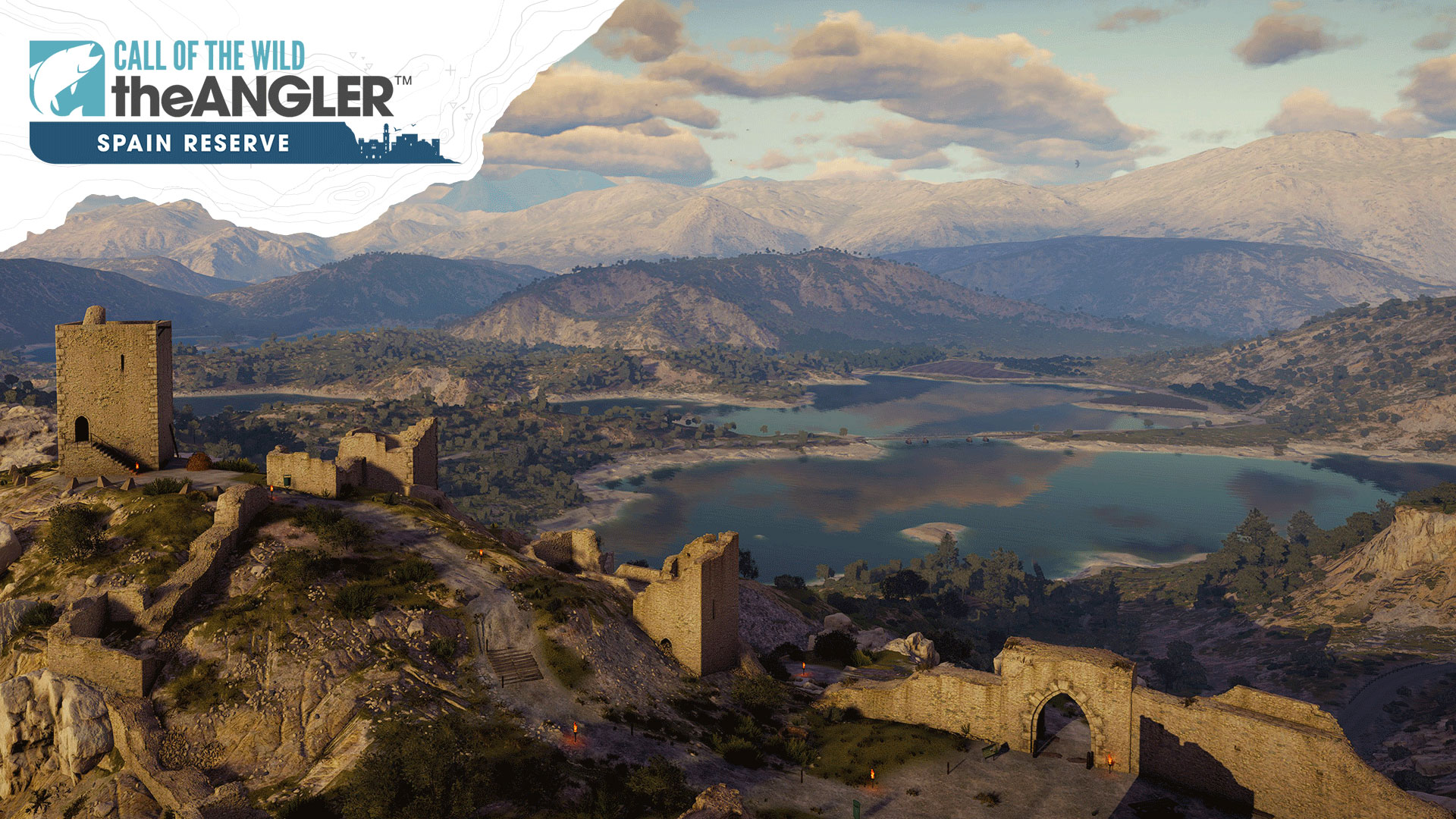Building the Invoker Archetype for Remnant II: The Forgotten Kingdom DLC
The post Building the Invoker Archetype for Remnant II: The Forgotten Kingdom DLC appeared first on Xbox Wire.

Building the Invoker Archetype for Remnant II: The Forgotten Kingdom DLC
Summary
- Learn how the team at Gunfire Games designs Remnant II’s incredible Archetypes.
- The new Invoker Archetype was introduced in the now available The Forgotten Kingdom DLC.
- Remnant II is available now for Xbox Series X|S, Windows, and the Standard Edition is currently available with Xbox Game Pass and PC Game Pass.
At its core, creating Archetypes for Remnant II is all about providing new gameplay opportunities. The goal is to provide fresh gameplay solutions to combat and fill in any perceived gaps. The Dual Archetype system already allows a lot of creativity, but sometimes we know of, or identify, places that could use a fully featured solution.
The first thing we do when creating a new Archetype is determine what hasn’t been covered by previous offerings. We then look at our ever-expanding list of internal ideas to see if something stands out. Sometimes an idea may be a simple sentence or a few words, like “evil status guy” (Ritualist) or “draws power from the sisters of Yaesha” (Invoker), and sometimes it may be based on a more fully fleshed out design that has existed for quite a while.
While going through these concepts, another method of inspiration we use is both internal and external player feedback. While we always have quite a few paper designs in various states of progress, sometimes hearing the desire for a specific type of gameplay can inspire us to go back to older designs to see if there’s something there, or even spark something completely new. This often happens because, after creating hundreds of new weapons and items and seeing thousands of players experiment, new ideas start to emerge due to brand new item combinations and/or player creativity.
As we start to settle on a new theme, certain elements often fall into place. When we started thinking about the Invoker, we knew we wanted to build an Archetype around the concept of Skill manipulation. Additional Skill Charges, Cooldown, Duration, and even buffs that triggered while a Skill was active; these were all things we wanted to explore. It immediately felt like a Hybrid Utility class with a “positive” vibe, especially compared to the “evil” Ritualist we previously released with The Awakened King. Since this was Yaesha, and we knew we had a third Spirit Sister being introduced, it fed right into the Jungle theme and the Archetype Skills.

The first Skill we came up with was Way of Kaeula. It came together quick because a Water Skill is so versatile. You can slow enemies, speed up allies, and hey… “Making it Rain” is just cool. The second Skill, Way of Meidra, was a more support-based option. While it affects both allies and enemies, we wanted the focus to center around allowing allies to heal themselves through fighting debuffed enemies. At this point, we had a speed/slow option and a debuff/heal option, and we wanted a more “self-serving” option. Way of Lydusa was a means to allow the player to feel like a boss, so to speak. They weaken the defenses of their enemies while also collecting shards they’ve chipped off from their now-brittle exterior. It felt cool to be able to pull something away from the enemy only to use it to damage them and their cohorts!
Usually, most Archetypes come together in a similar way. We figure out the theme first, then we figure out a marquee Skill. For Invoker, it was “Skill/Jungle” theme, and the marquee Skill was Way of Kaeula. From there, we build around it until we have all three unique options. After that, most perks almost write themselves, especially if the Archetype theme is exceptionally strong up front.
Then it’s time to get Concept Art involved. We talk about the theme “Is this Archetype evil? Positive? Neutral? Is it pure DPS or is it support. Maybe a hybrid?”. Ideally, we also present the Concept Artist some pictures we discovered that highlight the mood and maybe even give some insight into potential armor ideas. They go off and do their thing and bring us a handful of concepts and we provide feedback “1A looks too friendly” or “that part on the gloves in image 2C is exactly what we are looking for… maybe that could continue through the pants / boots as well”. We usually go back and forth for a bit, and they go off and come back with a more focused second pass. Rarely do we need a third pass. We submit the look to the Creative Director (David Adams) and 99/100 times, he says “COOL”.
Next, we review the Skills, Perks, Trait and any special behavior with the Gameplay Engineering Team and Technical Designers. We review each element to determine how complex they are to make sure they can fit within our schedule. Sometimes we may have to rethink something, and sometimes we are inspired to enhance our designs even further because someone points out an additional feature that may be appropriate. We also talk to the Animation team in case we have any special requests (casting animations, other features, etc).
As each element comes online – usually the Prime or an individual Skill – we start to test them out in our combat test room. Sometimes things sound great on paper but in practice they leave something to be desired. This is where we start to determine if something is missing, too complex or confusing, too cumbersome, or if we are on the right path. Quite often we will test the first pass of a Skill and think “ok, this is pretty awesome!”. We tune things like damage or healing values, ranges, durations etc… to get them feeling “good for a first pass”. If we are happy with them, we send them to VFX and SFX to really help make them shine. However, if we find something missing, then we take some time to figure out where it can improve and after it’s adjusted, we redo the “first pass” testing process over again.
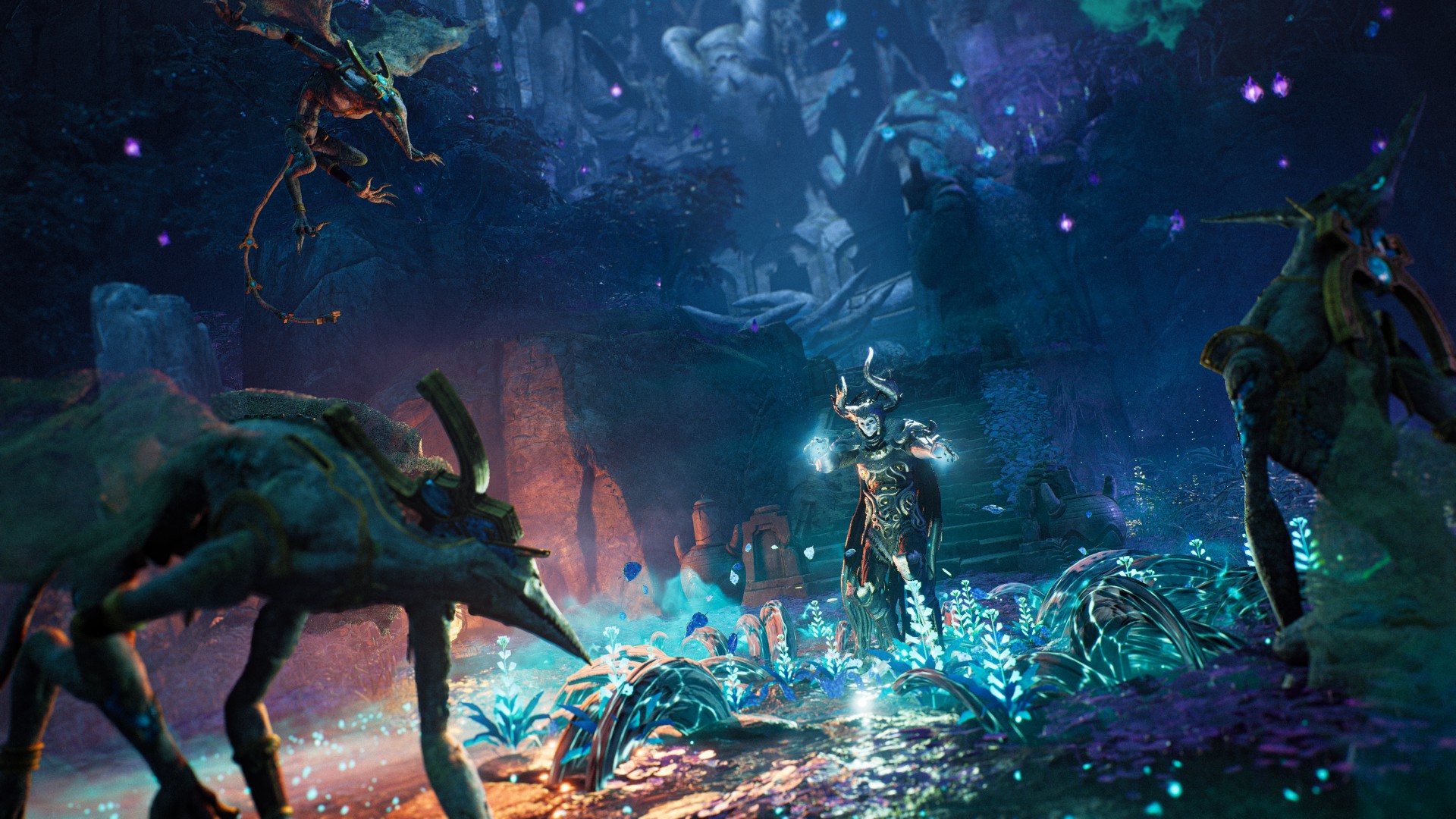
With VFX and SFX added, we start fine-tuning animations as well as all the values that affect gameplay. Damage, duration, timings, transition windows. We finalize the animations and make sure VFX/SFX has another chance to look at it.
Then we send it to QA and let them hammer on it. At this point, it’s really just about fixing any bugs that pop up, determining if something is way too strong, a bit too weak, and of course, if it generally feels fun and rewarding to use. The testing team tries dozens and dozens of combinations with other Archetypes and builds. They try their best to find exploits and we try our best to nail everything down.
The process of making a new Archetype is more than just the sum of its parts. By themselves, Archetypes are the foundation of any build, but our final goal is to do our best to promote player creativity as they combine them with all the gear options we provide. While creating our Archetypes, we try to build items that interact with the new theme or expand on existing items that do the same. While not every item can (or should) be themed to the new Archetype, we created the Archetypes so that players had new solutions to combat challenges. Creating items that also play into that goal often goes a long way to reinforcing the overall theme.
In the end, creating an Archetype is a full team effort. From Design to QA, and every discipline in between, there are lots of moving parts that all need to come together. Once the Archetype is in the hands of our fans, we gather all the feedback we can so we can improve it even further. Sometimes that feedback even sparks new ideas!
We hope people enjoy the new Invoker Archetype… and we aren’t done yet!
Gearbox Publishing
Gearbox Publishing
Gearbox Publishing
Gearbox Publishing
Remnant II – DLC Bundle

Remnant II – Ultimate Edition

Remnant II – Deluxe Edition

Remnant II – Standard Edition
The post Building the Invoker Archetype for Remnant II: The Forgotten Kingdom DLC appeared first on Xbox Wire.

















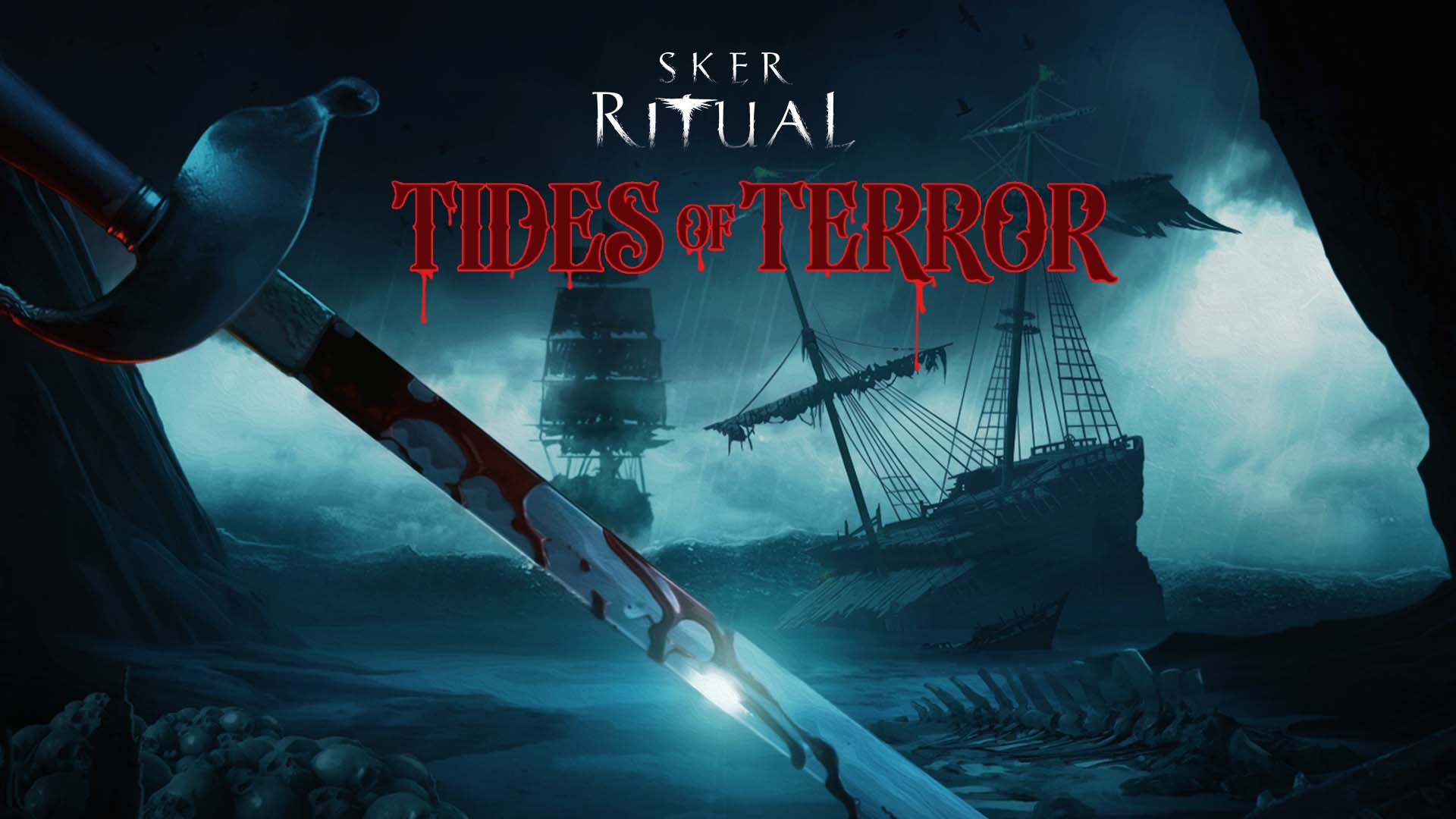
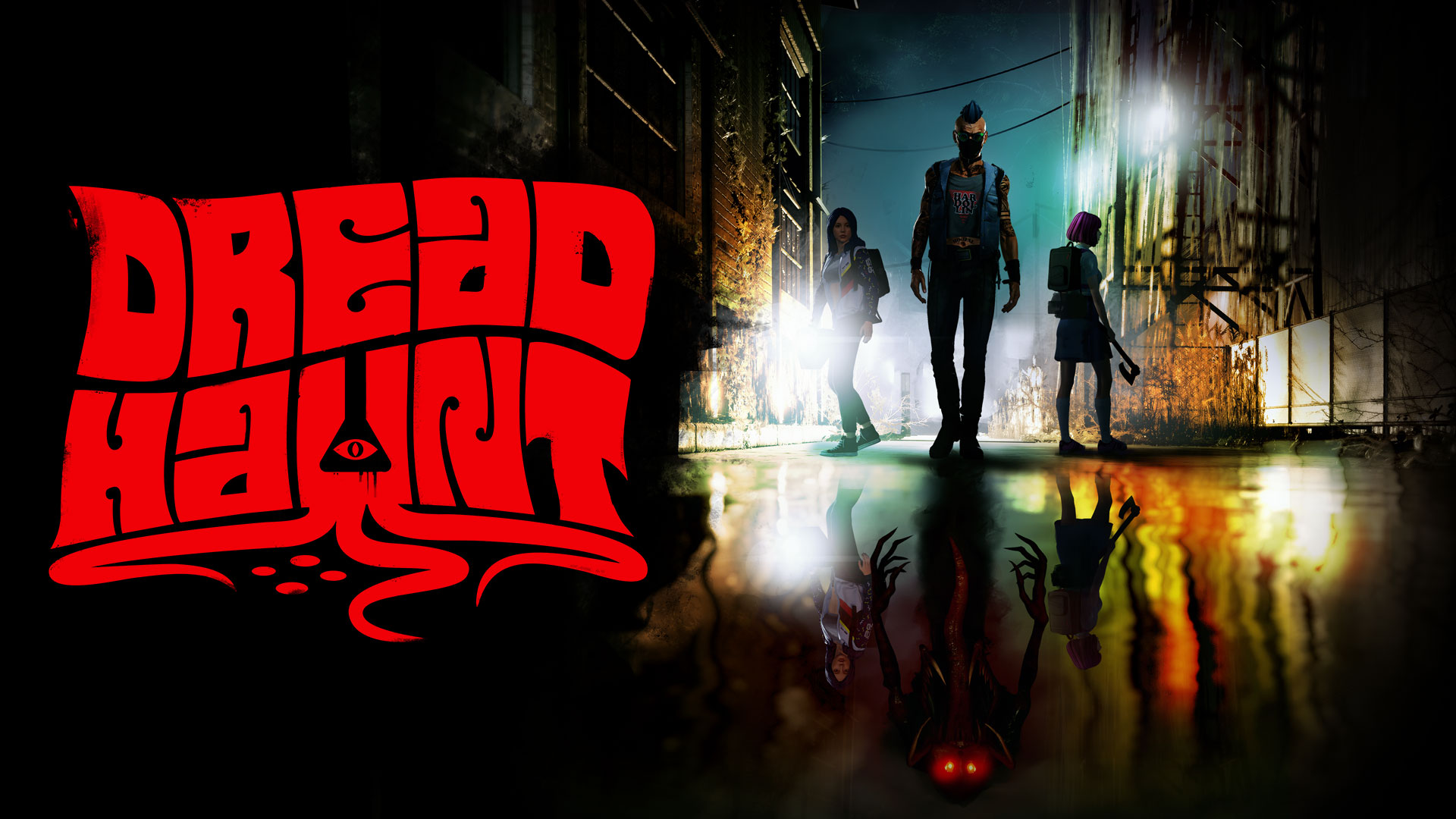











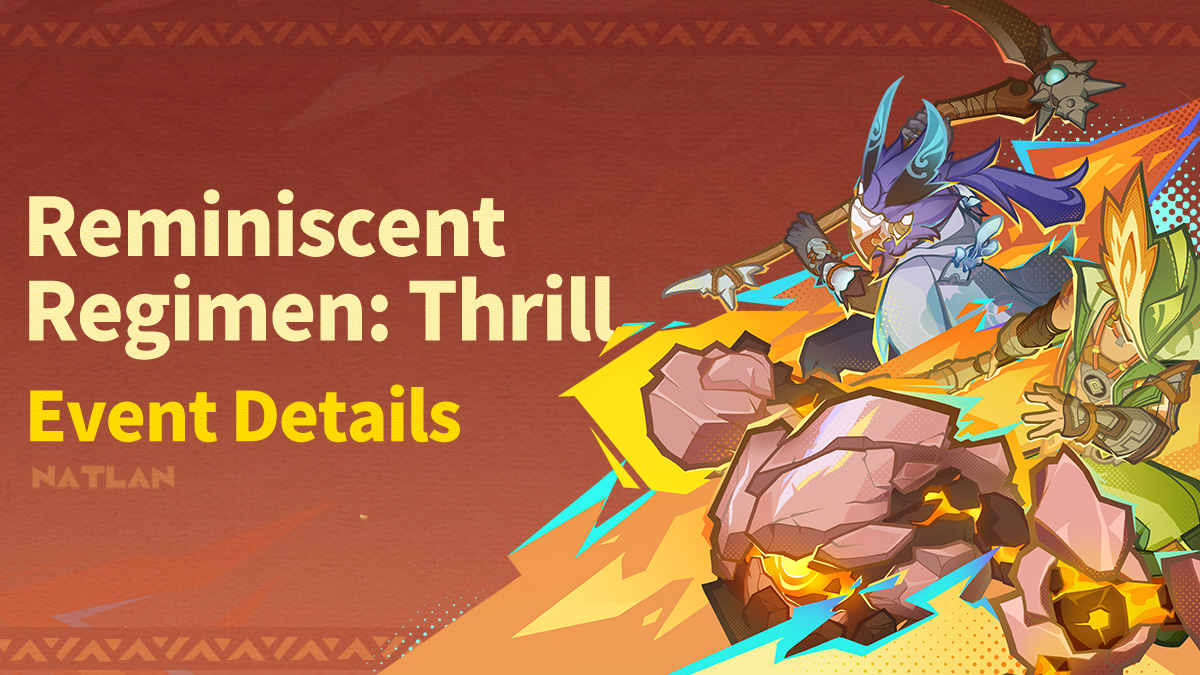




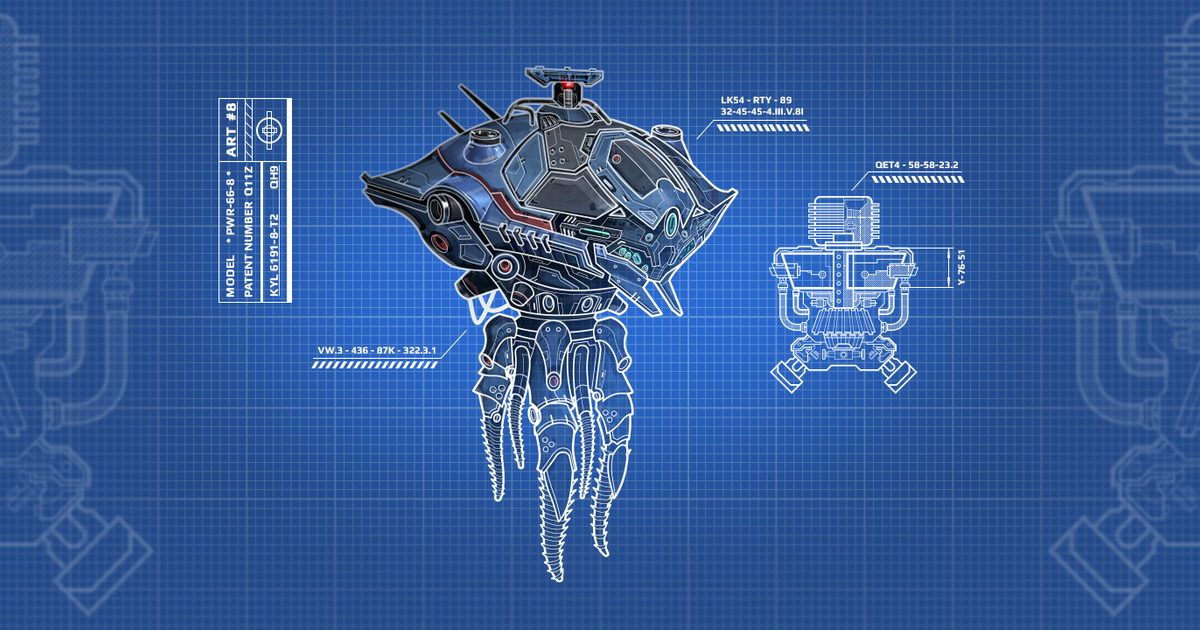






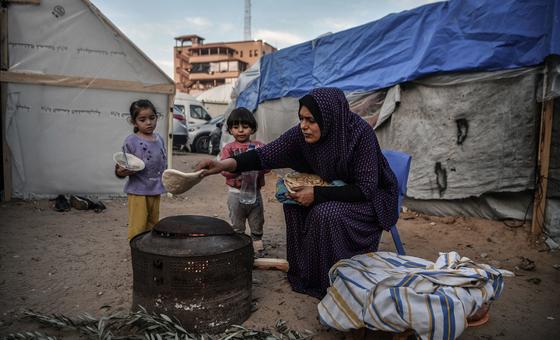



![[Business Talk] How YH Living LTD Tailored Business Solutions Powered by Smart Technology](https://i.scdn.co/image/ab6765630000ba8a5782a039d18af0d958cadc87?#)
![[Business Talk] Elon Musk](https://i.scdn.co/image/ab6765630000ba8ac91eb094519def31d2b67898?#)
![[Business Talk] BYD's Hiring Standards: A Reflection of China's Competitive Job Market](https://i.scdn.co/image/ab6765630000ba8a1a1e0af3aefae3a685793e7c?#)
![[PRO Tips] What is ESG? How is it different from CSR and SDGs? 3 keywords that companies and investors should know](https://i.scdn.co/image/ab6765630000ba8a76dbe129993a62e85226c2b4?#)







